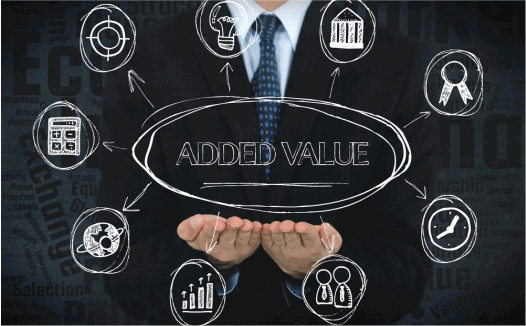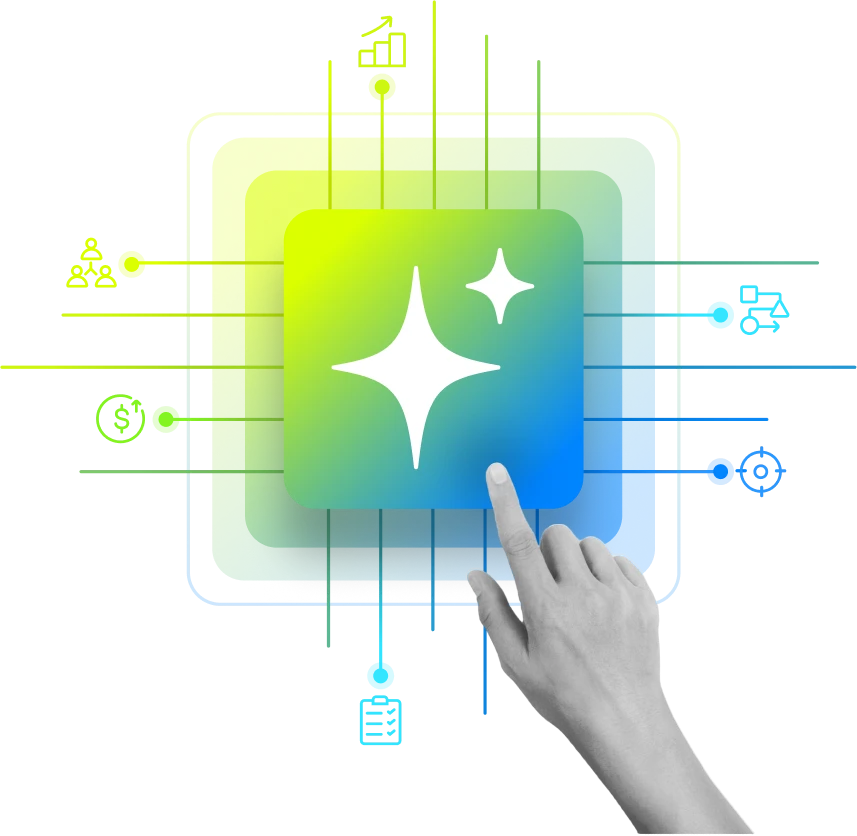Needless to say that the first step to Key Account Management is Value Selling. Key/Strategic Account Management is incomplete without it.
Value selling, however, exotic the term may sound, is a basic step to elevating your most important and critical accounts to the stature of Key Accounts.
Most organizations are adept at using the STP (Segmenting, Targeting, Positioning) principle to differentiate their offerings in the market, vis-a-vis their target audience. But they still stand a big risk of losing the fine line of differentiation to their competitors who are eager to kill their first-mover advantage in no time at all.
The truth of the marketplace which resembles a war zone at all times is that competitors are fast to move in and duplicate your hitherto unique positioning or offering. This makes your USP a commodity over time and this holds for most products and services over time.
As per buyer perception research (Corporate Executive Board Research), out of the 100 times that sellers do a unique pitch and call their products unique, 86 of these times, buyers do not find anything unique about it; neither do they find anything compelling enough; in fact, the universal feeling is that the features are more or less the same as offered by other sellers of the same category of products.
The truth is that organizations should see their products from the customer’s perception and not inside-out. You need to understand certain basics of Value Selling.
The first rule of Value Selling is that prospects and customers need to like and trust you, the seller, first. If they do, then comes the next challenge – they seek the best value and the lowest risk. The eternally and arguable lopsided customer expectation of getting the best product at the lowest price is truth.
That is what customers expect. They buy the product that fits these expectations the best. That means that they are willing to pay a certain price for a certain value. The universal truth about customers is that – Value and Risk are defined by the customer and not you, the seller.
Thus, every salesperson needs to be well equipped and prepared to discuss tangible business cases, deliver desired outcomes to customers and manage risks while embracing value selling to accelerate sales. The organization should enable its sales force to deliver value to its customers ably and easily with the right sales enablement framework.
For the products and services that are more like commodities, organizations need to get into automation to ensure smooth delivery to buyers in little time, perfect pricing and a great deal of standardization. In such cases, getting in a salesperson may not be a good idea at all.
However, for products that are high-involvement and one-time purchases, and products and on which there is a lot riding, as seen from the customer’s point of view, these products need to be handled with a lot of TLC by the sales force. This is where Value Selling needs to come in. The salesperson who is the front end for such products needs to be well trained in the principles of Value Selling.
Here, the organization needs to support them in training so they acquire a strong business acumen, key domain knowledge, and powerful insights to enable them to sell the right way and make a strong case in the organization’s favor. They need to be good at handling senior-level talks which are key to value selling. The salesperson needs to have the right kind of maturity in selling these value products.
To recap, every organization needs to have product differentiation and understand the sales enablement, they need to have for every product category. Automation for the lower hanging fruit, the low-involvement products where buying is a matter of habit for the buyer; and for the high-involvement products, a different kind of sales enablement with training in the right skills, to enable the sales force to value-sell.
Value selling is an art and once acquired can lead to the acquisition of key accounts for the organization and hence should be the first step in Institutionalize Key Account Management processes and methodology. However, without the right sales enablement framework, this is more likely to remain a distant dream.
Explore our blog on cross-selling up-selling in which we’ve elaborated how it can be used to grow business in 2021.
 On-Demand Webinar: Unfiltered take on AI in Account Planning: Meet DemandFarm’s KAM AI
On-Demand Webinar: Unfiltered take on AI in Account Planning: Meet DemandFarm’s KAM AI 



